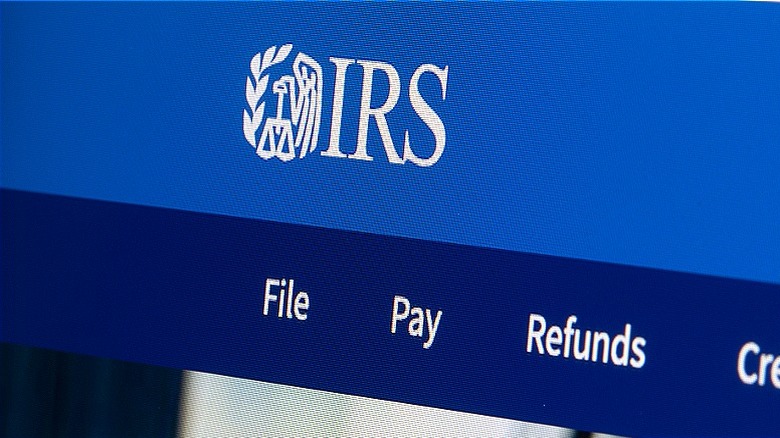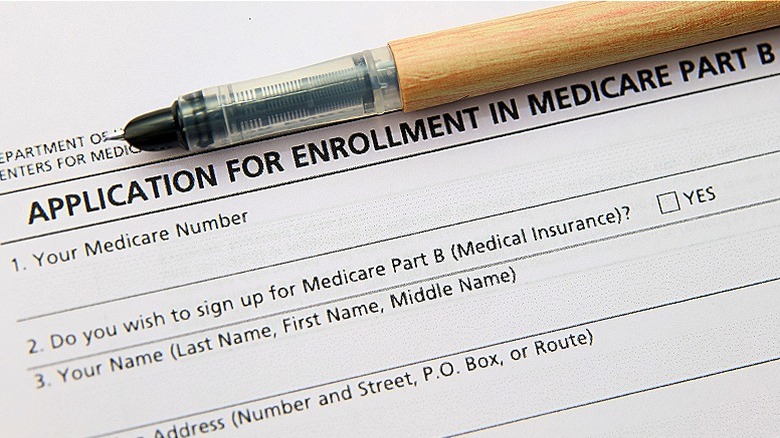5 Factors That Reduce Your Monthly Social Security Payment
The rules that dictate how Social Security benefits get paid out to recipients can seem archaic and mysterious at times. For instance, many beneficiaries don't know of certain Social Security rules that can boost their monthly benefits, like resetting their payout schedule (if you haven't yet reached full retirement age, and it's been less than 12 months since you started receiving benefits). You can also pause Social Security benefits on a temporary basis, potentially improving your future payout figure. But while there are various strategies a retirement planner can deploy when seeking to increase their Social Security payment, there are also several reasons why a Social Security recipient can end up with a reduced check.
It all returns to certain Social Security rules. In this case, rules that can push down the overall value of one's benefits. Chief among them is the reduction for taking benefits early. While there are good reasons why people take Social Security early, it's important to remember that taking benefits at 62 (the age you become eligible) will result in a payout figure of 70% rather than the full value of your personal benefit rate (at full retirement age, which is 66 or 67 depending on your birth year). Beyond the obvious, though, here are five other factors that can play a role in the reduction of your monthly Social Security checks.
1. Your combined income is too high
Social Security benefits often feature as a non-taxed stream of retirement income. For joint filers, a combined income figure below $32,000 results in no tax burden on Social Security payments (for an individual filer, it's $25,000). However, up to 50% of Social Security benefits may become taxable if your combined income as a joint filter reaches $44,000, and up to 85% of your benefits may be taxable if your income exceeds that limit. (For individual filers, the range is $25,000 to $32,000.)
What is combined income? Combined income means nontaxable interest earnings, your adjusted gross income (from sources like investments or even traditional employment), plus half your Social Security income. Depending on how you've planned out other portions of your retirement savings, Social Security benefits may tip you over one of these thresholds.
For instance, a Roth IRA is treated by the IRS as if the funds were completely your own, so long as you take qualified distributions (i.e., you wait until age 59 ½ or older and you own the account for at least five years). A traditional IRA is taxable, though, when making distributions since it was funded with pretax dollars. Depending on your distribution schedule and the avenues you chose to pursue as a saver, it's possible to see a small income tax assessment levied against your Social Security checks.
2. You owe back taxes
Individuals who owe the IRS are also potentially vulnerable when it comes to their Social Security checks. Creditors in the private sphere (credit card companies, mortgage lenders, etc.) can't generally access any part of your federal benefit. While they might be able to claim a portion of your personal assets, like funds in a savings account, if you default on a loan, Social Security benefits remain safe. This isn't the case when the creditor is the federal government itself, though. If you owe any back taxes, the IRS can garnish your Social Security checks — up to 15% — to pay off the debt.
This isn't typically going to be an issue for someone who's left the workforce and is in the midst of enjoying their retirement lifestyle to its fullest. However, anyone who's a year or two removed from work and is now taking benefits might be someone who still owes the government on an adjusted tax filing. Staying vigilant and ensuring you pay any back taxes you owe the government will prevent a reduction in Social Security benefits for this reason later on.
3. You're earning too much
Perhaps the most obvious component to be aware of, taking Social Security checks while you remain in the workforce can diminish the amount you're paid, potentially even by a substantial figure. The Social Security Administration notes that benefits are reduced by $1 for every $2 you earn over a set limit before reaching full retirement age ($22,320 in 2024), and benefits are offset by a dollar for every $3 earned after reaching full retirement age after passing a threshold of $59,520.
Withheld payments come in the form of front-loaded check reductions. This means your January check might be zero, with reductions continuing from there. If you're entitled to a $1,000 benefit and have $2,500 withheld, for instance, as a result of your employment earnings, you'd receive a regular $1,000 check in April (your first payment of the year) and then regular checks through to the end of the year, with the additional $500 that was withheld (from January to March) paid back to you the following year. This is done instead of deducting the $2,500 example figure evenly across each of your 12 payments.
You might consider working long after reaching retirement age, but it's important to keep in mind that if you begin taking Social Security benefits they will almost certainly be affected by that choice. Another option is to take on part-time work rather than remaining in whatever role you've previously held. With some well-planned shift schedules, you might be able to continue working as much as you want to generate extra income while also taking a full Social Security benefit that hasn't been kneecapped by other factors.
4. You're enrolled in Medicare
If you're a Social Security recipient and enroll in Medicare, the premiums for your Part B coverage will be automatically deducted from your payout figure. The standard Part B premium is $174.70 per month in 2024. These payments go toward covering your routine doctor visits and typical outpatient treatment needs like tests
Social Security recipients who pay the standard premium for Medicare Part B are protected by a provision known as "hold harmless," which ensures they won't receive less over the years as a result of increasing premium figures. Around 70% of those using Medicare for their health care needs have Part B premiums deducted in this way, and are protected as a result; it doesn't apply to those paying higher premiums due to enlarged earnings figures ($103,000 for a single filer and double that for joint filers).
In 2017, the Social Security COLA was 0.3% while Medicare premiums rose by more. The "hold harmless" regulation meant that anyone whose cost-of-living adjustment was less than the Medicare premium rise would have the difference eliminated so that their check would be at least the same as it was the previous year. At any rate, Medicare premiums don't really "reduce" your benefit, but are rather deducted before they're paid (versus being added as an expense to your budget later on). This is fairly beneficial for many people who depend on Medicare for their health coverage and live on fixed incomes underpinned primarily by Social Security payments.
5. You have a government pension as well
According to the Congressional Research Service, about 2.1 million Social Security recipients were affected in December 2023 by the Windfall Elimination Provision (WEP), which the Social Security Administration explains is "a formula used to adjust Social Security worker benefits for people who receive(d) 'non-covered pensions.'" The affected population is small, but there are certain individuals who worked in government employment before 1984 that may ultimately have a government-funded pension that wasn't subjected to Social Security contributions, as well as other employment history that was.
Before 1984, federal workers qualified for pension contributions in a special program and weren't subject to standard Social Security taxes and the resulting benefits. Yet, some workers like teachers, firefighters, congressional employees, and police officers may have found themselves employed in both arenas — contributing some of their taxable working years to Social Security-exempt earnings and others to the more mainstream employment environment. If you're someone who's affected by these features of the tax system and retirement-planning arm of its funding edicts, then your Social Security benefits may, too, be reduced by up to half the amount of your government pension payments.
An example of this in action might be seen in Minnesota Gov. Tim Walz (the Democratic candidate for vice president in 2024 as well). Walz spent over two decades in the Army National Guard (note, military retirement benefits aren't affected by these rules), as well as worked as a teacher for many years and served as governor of his state since 2019. These varying workplaces may have created the opportunity for him to contribute to both Social Security and an exempt government pension fund.





